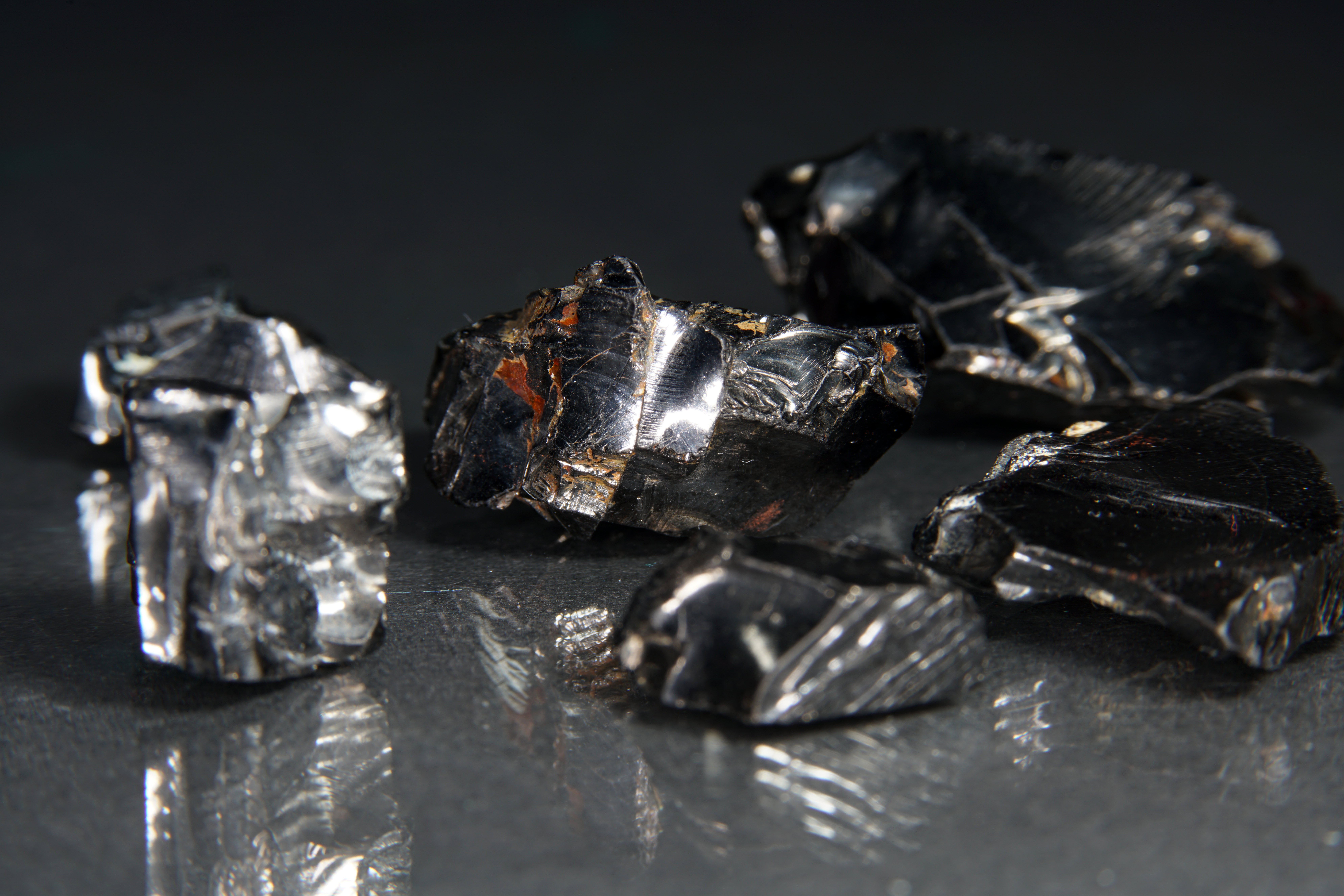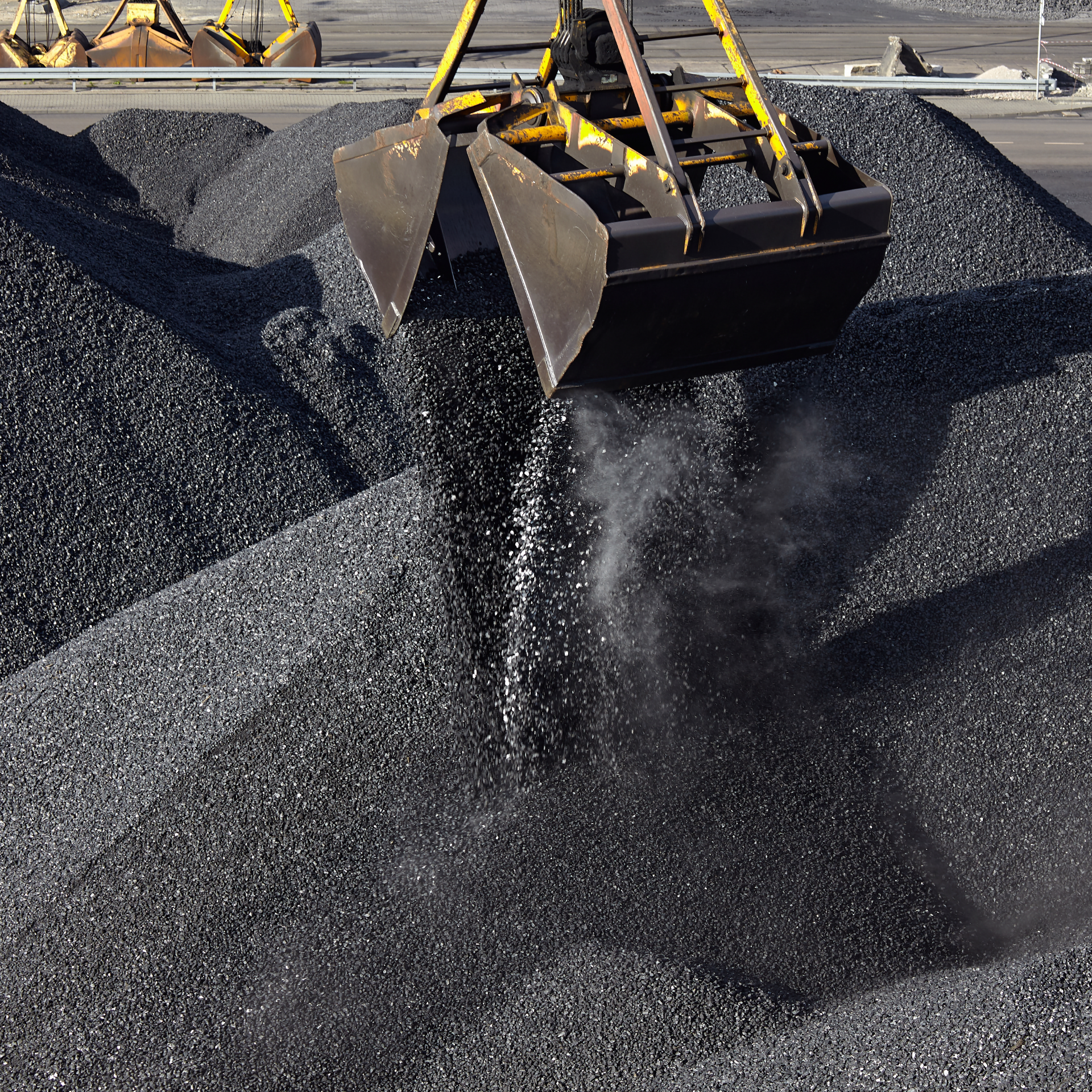European nitrogen production is quickly shuttering as gas prices escalate. This new weekly tracker updates you on the most recent changes to capacity status, prices, production costs and other key metrics.
Companies quickly curtailing production across Europe
There has been a spate of production curtailments announced across Europe this week. Grupa Azoty and Anvil have ceased production in Poland, Achema will halt operations in September, Duslo is facing downtime in Slovakia, and CF will import ammonia for downstream fertilizers in the UK. Yara has announced this its current ammonia capacity utilisation is just 35%. With these most recent developments, we now have confirmation that 50% of total European ammonia capacity (excluding Ukraine) is shuttered or curtailed, up from 26% the week prior.
Gas prices fly higher - production costs untenable
European gas prices have increased yet again this week. This is on the back of Gazprom announcing maintenance on its Nord Stream 1 pipeline early next month, and delays in the restart of the Freeport LNG export capacity in the US.
Unsurprisingly, ammonia and downstream nitrogen production costs are uneconomic. More capacity is likely to be shuttered going forward as a result. There is a significant gap between cost and prices. Capacity will only restart if the economics or governments incentivise producers to do so.
Incentive for exporters: Ammonia or urea?
Europe is importing more ammonia and downstream nitrogen products. This demand will only increase as more capacity is shuttered or curtailed. As highlighted in our recent insight, importing ammonia for downstream fertilizer production remains a viable option for those with the infrastructure. However, the incentive for exporters capable of exporting ammonia or urea has shifted towards urea – this may limit some ammonia available for export.
Affordability remains unfavourable
Demand is being hit by high prices. Industrial demand, which is responsible for 40% of urea consumption with Europe, is also being hit as inflation spirals. Intense drought across the continent is also likely to impact agricultural demand. However, demand losses will not offset the volume of capacity shuttered. Import requirements will grow.
















